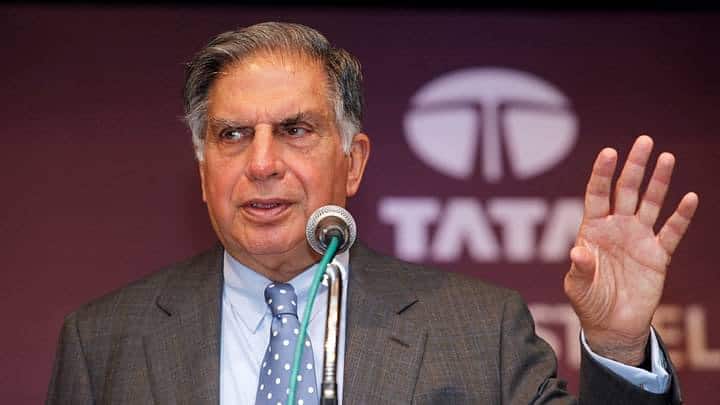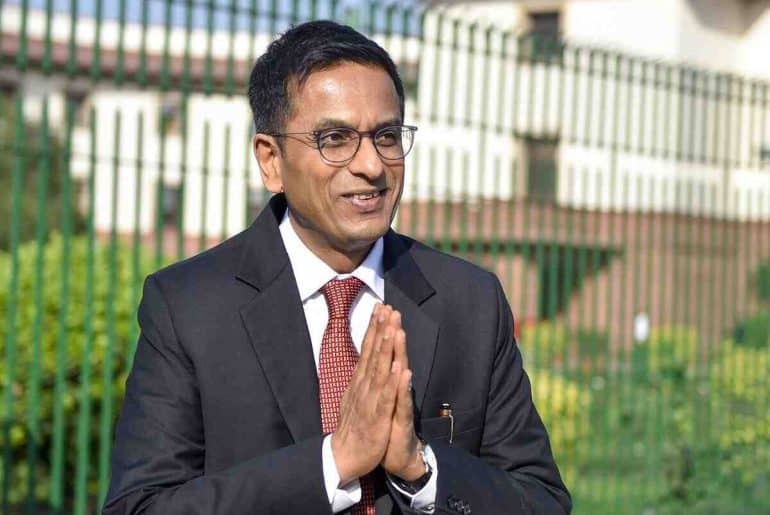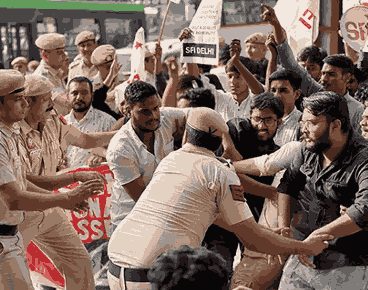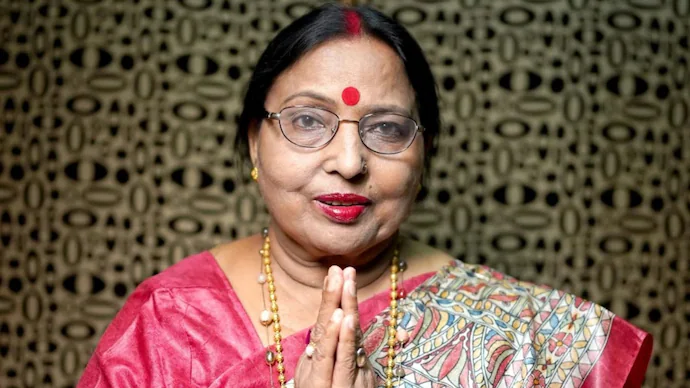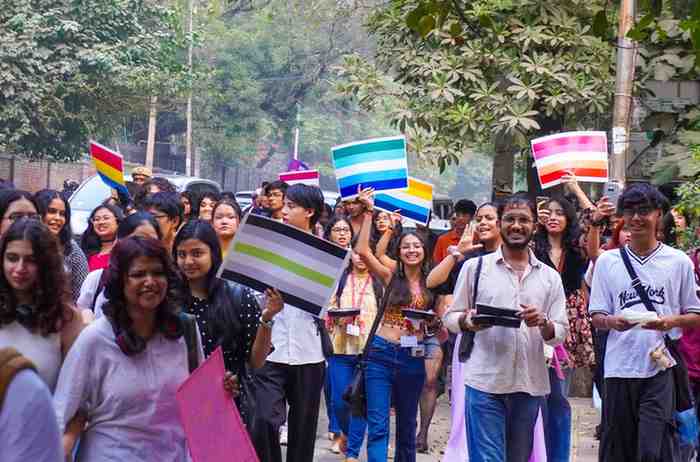The student uproar at RGNUL Patiala on 22nd September requesting the VC’s resignation may come off as a small issue but it entails a bigger picture in hindsight. The multiple suicide cases at NLU-D recently and the alleged VC’s misbehavior at RGNUL Patiala showcases the deteriorating condition of law schools in India. If students do not feel safe on campus anymore, can we really call these premier universities “a home away from home”?
Picture this—a vibrant campus with air-conditioned hostel rooms, a law school with a rich-alumni base which is doing exceptionally well in the corporate world, and a law school which has had a legacy in participating in renowned competitions like ‘Vis Moot’. While this picture may appear as the dream destination for all the aspiring law students, we must remember Shakespeare’s admonition that “all that glitters is not gold”. In light of the recent events, Shakespeare’s thoughts are once again reinforced in the 21st century, where, on one side the students do not feel protected on campus anymore and on the other, ironically, cut offs keep on rising and a new batch of victims prepare relentlessly to enter into these institutions that have begun to wither, tainted by their poor administration.
While the uproar from the students has resulted in them going on a hunger strike, the disregard for accountability on the part of the higher authorities has been shameful. The following summarises chronologically the chain of events for the readers who are not au fait with the above-mentioned incident. As per the reports, recently the Vice Chancellor and another member of the senior personnel entered a girls hostel room without any previous intimation and made objectionable remarks. The Vice Chancellor denied all such allegations and stated that he had visited the hostel room with female staff, only to address overcrowding. ‘Violation of privacy,’ is a very basic legal concept which law students are typically taught in their first semester, but when the imparters of this education are not able to learn the concepts they themselves are supposed to profess, we are made aware of the quality of professors India is currently having in its premier institutions. While the intrusion in the hostel room is just one of the many incidents which have come to light, there is a larger picture behind it.
Kindly note that the following testimonials have been garnered through an anonymous report which the students of RGNUL have collectively drafted, accounting for all the events which have transpired in the university. The names of the students have not been revealed below for security and confidentiality reasons.
1) Intrusion and Harassment in Student Rooms:
“I had just come back to my room after having a shower. I was still in my bathrobe when the VC knocked and barged into the room. He could see that I was in my bathrobe but still kept asking questions like “what are you studying, why are you using an iPad to study?””
2) Lack of Support for Competitive Exams:
“Hume bas tumhari graduation se matlab hai(we are only concerned with your graduation)…we are not concerned with your other pursuits.”
-Dean, Academics
3) Inappropriate Comments During Celebrations:
The VC, during Teacher’s day celebration – “Ye sab karane ki zarurat nahi hai, ye sab sirf ladkiyo ko chote kapde pehen kar ladko ke samne nachne ka bahana hai.(All of these celebrations are unnecessary. They are simply an excuse for the women to dance in revealing clothes in front of the men.)”
4) Unaddressed Safety Concerns in Hostels:
“The male workers worked around 20 days in the girls hostel without any female presence. They stared at girls passing through the corridor or even when they went to use the washroom. They peeked in others’ rooms through the balcony making many students uncomfortable. The guards’ warden, Deputy Registrar were all informed yet there was no action. Their reply was “kuch hoga toh formal complaint file kr dena.. hamare paas itne guards nhi hai ki unke piche piche ghume.(If something happens, register a formal complaint. We do not have that many guards for us to tail them everywhere they go.)””
“Those workers worked till 5 pm minimum and on days they were also spotted around 7:30 pm in the girls’ hostel and they were at all times without any female presence. They were using girls’ hostel washrooms and smoking in the premises. Whenever a girl came out of her room or they heard the door open they came out and went back to work only when the girl went inside her room.”
“Anything could have happened and the administration indirectly said they would react AFTER something happens via a formal complaint.”
“I was alone on my floor and I was told to be AWARE AND SAFE because they don’t have guards so they can’t do anything with labourers!”
5) Increased Academic Pressure and Restrictive Policies:
“On one of his recent tours to the library the VC asked the Dean Academics to increase the classes by 2 periods and have classes till 5 pm at least.”
“During last semester exams, VC visited the halls and complained about the application-based lengthy questions. He said “seedhe question do inko”(give them straightforward questions).”
“No critical thinking/application-based questions. We fear, in the absence of bare acts, the level of questions will drop in any case owing to a reduction of technical questions.”
All these anecdotes showcase one thing commonly, which is the abysmal state of administration working at RGNUL. As a non-NLU student myself, one of the biggest insecurities we face is the bias companies usually have in favour of NLU students, during placements or for internships. But if National Law Universities start adopting such an attitude, then what benefits are the students exactly deriving from these premier universities? This is a common fact for all that law itself, specially the 5-year integrated programs, are a bit costly as compared to other undergraduate programs. Even after this precondition, if students don’t feel safe on the campus anymore or sufficiently catered to, in terms of the rigorous academic training that the NLUs promise, where else are they supposed to go and study?
‘Staffing levels’ is a major concern these days for the universities at large. Infamously, universities do not prefer having a higher number of administrative staff as it would prevent them from cashing higher amounts of revenue from their existing students. This may happen in different forms; for example, previously, Delhi University has been in the limelight for its ad-hoc policy of keeping professors grossly underpaid alongside no job security, only to avoid staffing costs. RGNUL’s tale teaches us something else. From the above-mentioned anecdotes, we can infer that apparently the university does not have enough female staff to cater to the women’s hostel and it absolutely does not make any sense that after repetitive complaints by female students, who have stated how they have been treated by these workers, the constant starring, prolonged working of the labourers without supervision, still the university has not made any major amends.
Privacy is not just a need. It’s our fundamental right. Any violation of the right to privacy is not acceptable. Especially when girl students are resting in their private space, no one can enter their room. These issues remind us to pay attention towards students’ needs in universities more actively. Integrated law programs, being a rigorous course already, would require a higher amount of assistance from these universities and students should have the right to enjoy the same.
– Shubham Shukla (2nd yr law student)
RGNUL’s incidents do not only pertain to the boundaries of RGNUL; rather it’s a wake-up call for all other law students who are aspiring to get into these premier universities and then their dream jobs. As students of the legal community, it becomes our duty to question these universities when they fail to provide us with the most basic and important aspects of a law school such as networking opportunities or basic security in the hostel rooms. If our professors only start questioning the way we dress, or they are concerned with only our graduation, can we really call these universities a home away from home?
Read also: Legal education and the cost of dreams
Featured image credits: The Hindu
Samvardhan Tiwari



